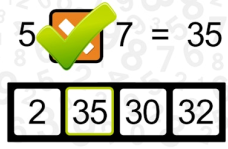Share Memory Frames
Memory Frames
How to Play Memory Frames: Game Mechanics and Rules
Understanding the mechanics and rules of a game is crucial for mastering it and enjoying a satisfying experience. Memory Frames is no exception. This article will guide you through the essential gameplay mechanics and rules to help you get started and excel in Memory Frames.
In Memory Frames, the primary objective is to match pairs of cards that share the same image or pattern. The game is designed to test and improve your memory skills, as you need to recall the location of cards to make successful matches.
Setting Up the Game
Game Components: Memory Frames typically includes a set of cards, each featuring a unique image or pattern. The number of cards can vary depending on the game version or difficulty level.
Arranging the Cards: Shuffle the cards thoroughly and lay them face down in a grid formation. The size of the grid will depend on the total number of cards in the game.
Basic Gameplay Mechanics
Taking Turns: Players take turns flipping over two cards at a time, trying to reveal matching pairs. Each turn consists of selecting two cards, flipping them face up, and then flipping them back face down if they do not match.
Making Matches: If the two cards selected during a turn match, the player keeps the pair and takes another turn. If the cards do not match, they are flipped back face down, and the turn passes to the next player.
Remembering Card Locations: As the game progresses, players must remember the positions of the cards that have been revealed. This memory aspect is crucial for successfully matching pairs in subsequent turns.
















Discuss: Memory Frames